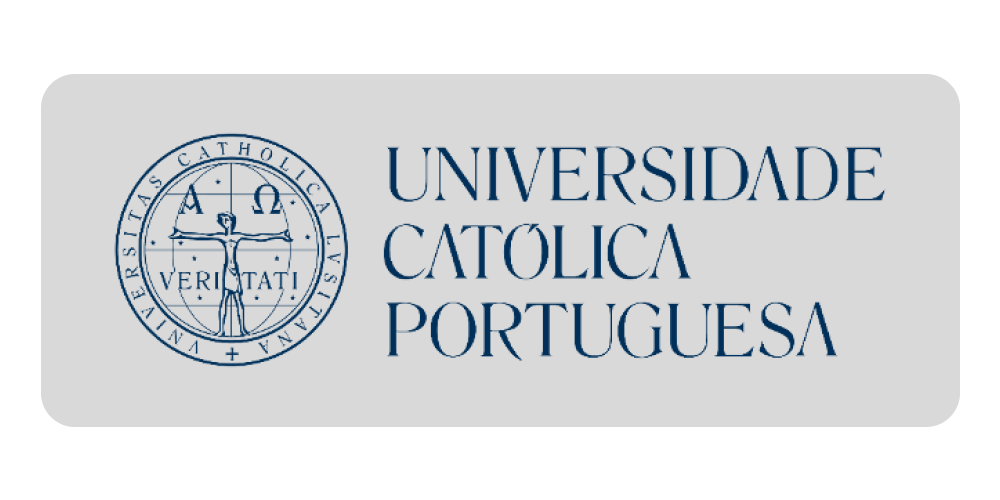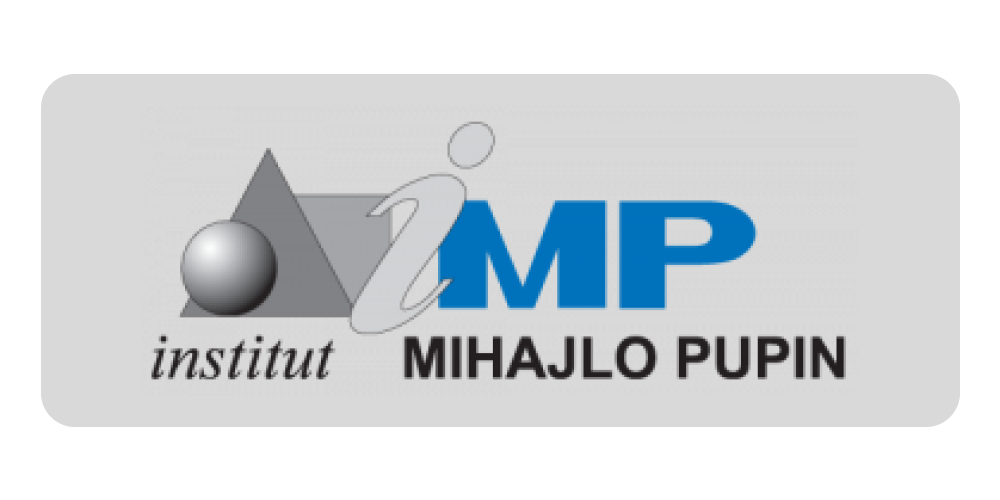'Zhejiang University Press'
Cytocompatible cellulose nanofibers from invasive plant species Agave americana L. and Ricinus communis L.: a renewable green source of highly crystalline nanocellulose
2021
English
: In this study, the fibers of invasive species Agave americana L. and Ricinus communis L. were successfully used for
the first time as new sources to produce cytocompatible and highly crystalline cellulose nanofibers. Cellulose nanofibers were
obtained by two methods, based on either alkaline or acid hydrolysis. The morphology, chemical composition, and crystallinity
of the obtained materials were characterized by scanning electron microscopy (SEM) together with energy-dispersive X-ray
spectroscopy (EDX), dynamic light scattering (DLS), X-ray diffraction (XRD), and Fourier transform infrared (FTIR)
spectroscopy. The crystallinity indexes (CIs) of the cellulose nanofibers extracted from A. americana and R. communis were
very high (94.1% and 92.7%, respectively). Biological studies evaluating the cytotoxic effects of the prepared cellulose
nanofibers on human embryonic kidney 293T (HEK293T) cells were also performed. The nanofibers obtained using the two
different extraction methods were all shown to be cytocompatible in the concentration range assayed (i.e., 0‒500 µg/mL). Our
results showed that the nanocellulose extracted from A. americana and R. communis fibers has high potential as a new
renewable green source of highly crystalline cellulose-based cytocompatible nanomaterials for biomedical applications.info:eu-repo/semantics/publishedVersio
'Zhejiang University Press'
Cytocompatible cellulose nanofibers from invasive plant species Agave americana L. and Ricinus communis L.: a renewable green source of highly crystalline nanocellulose
: In this study, the fibers of invasive species Agave americana L. and Ricinus communis L. were successfully used for
the first time as new sources to produce cytocompatible and highly crystalline cellulose nanofibers. Cellulose nanofibers were
obtained by two methods, based on either alkaline or acid hydrolysis. The morphology, chemical composition, and crystallinity
of the obtained materials were characterized by scanning electron microscopy (SEM) together with energy-dispersive X-ray
spectroscopy...
Preuzmite dokument
English
2021
 Rodrigues, João
,
Tomás, Helena
,
Ortega, Zaida
,
Alves, Carla S.
,
Krsmanović Whiffen, Radenka M.
,
Evdokimova, Olga L.
Rodrigues, João
,
Tomás, Helena
,
Ortega, Zaida
,
Alves, Carla S.
,
Krsmanović Whiffen, Radenka M.
,
Evdokimova, Olga L.






